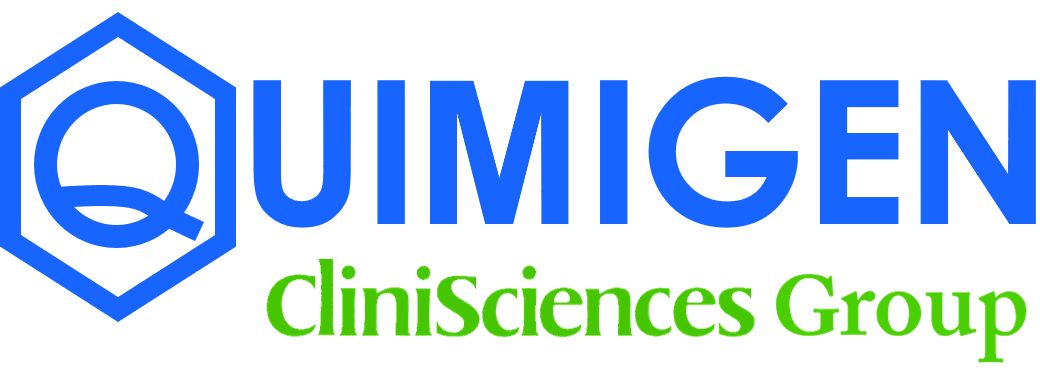Antigen retrieval in immunohistochemistry (IHC) is a critical step used to unmask antigenic sites in formalin-fixed, paraffin-embedded tissue samples. During fixation, formaldehyde creates cross-links (methylene bridges) between proteins that mask epitopes, preventing antibodies from binding effectively. Antigen retrieval breaks these cross-links to expose the antigenic sites, improving antibody binding and staining quality.
Main Antigen Retrieval Methods
There are two main antigen retrieval methods:
- Heat-Induced Epitope Retrieval (HIER): This involves heating tissue sections in specific buffer solutions at high temperature and pressure (e.g., using a pressure cooker or scientific microwave). Common buffers include:
- Sodium citrate buffer (pH 6.0)
- Tris-EDTA buffer (pH 9.0)
- EDTA buffer (pH 8.0)
These buffers help break the methylene bridges and restore antigenicity. The choice of buffer and pH depends on the target antigen and antibody used.
- Enzymatic Retrieval: Uses proteolytic enzymes such as trypsin, pepsin, or proteinase K to digest proteins masking the epitopes. This method is less commonly used today but remains important for certain antigens like immunoglobulins or complement proteins.
Buffer Choice and pH
- Buffers at low pH (~3-5, e.g., glycine-HCl) or slightly acidic to neutral pH (~6, e.g., citrate buffer) are often used for some antigens.
- Buffers at high pH (~8-10, e.g., EDTA or Tris-EDTA) are preferred for others, especially phosphotyrosine-specific antibodies.
- The optimal buffer and pH must be experimentally determined for each antibody-antigen pair.
Practical Considerations
- Heat retrieval is generally preferred over enzymatic methods due to better reproducibility and preservation of tissue morphology.
- Scientific-grade microwaves or pressure cookers are recommended for HIER rather than household microwaves.
- Testing different buffers and retrieval methods is advised to optimize staining for each antibody.


